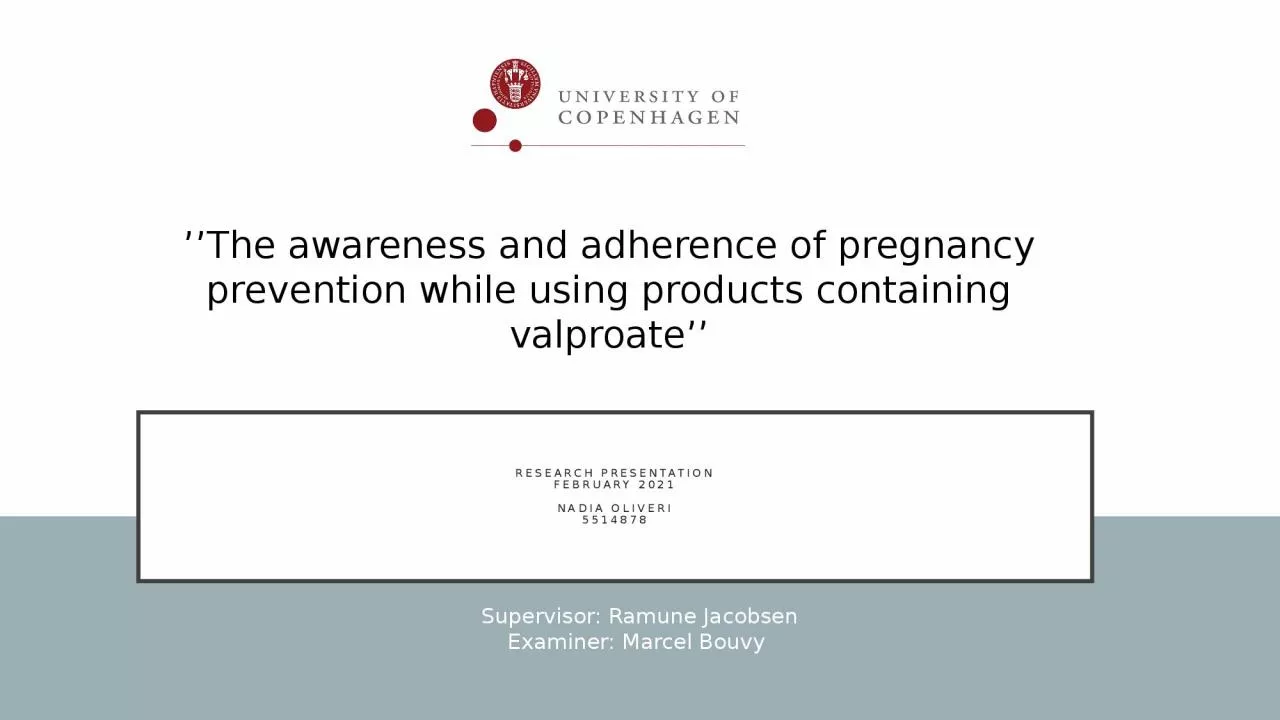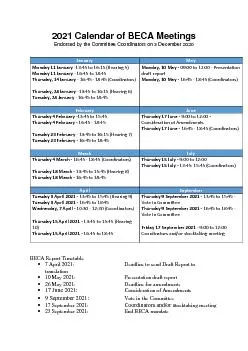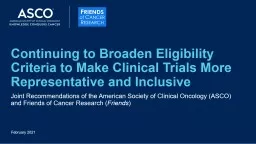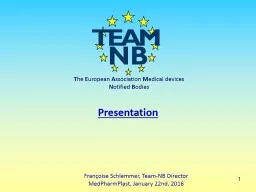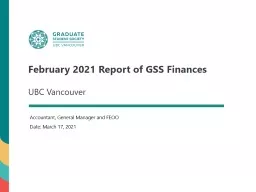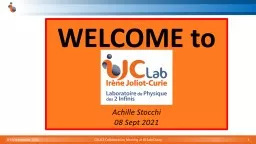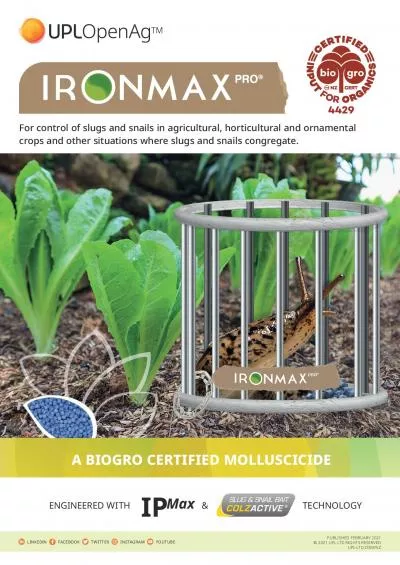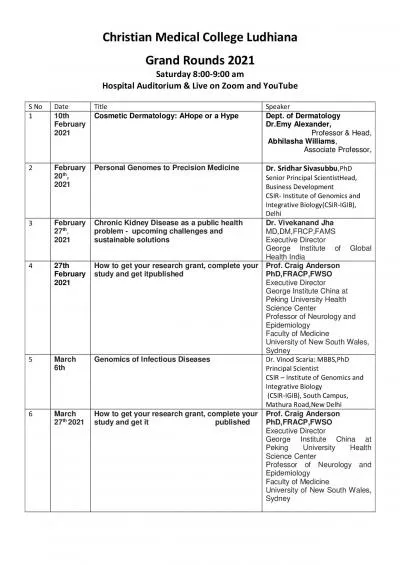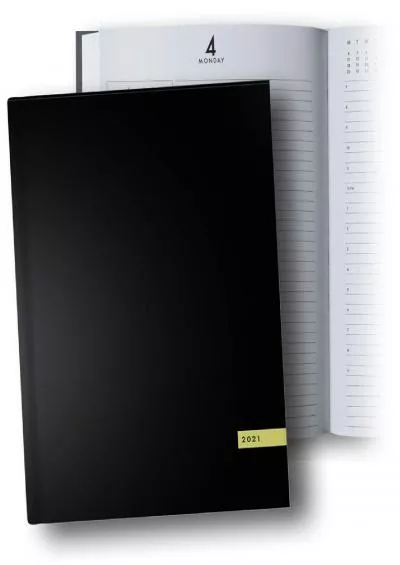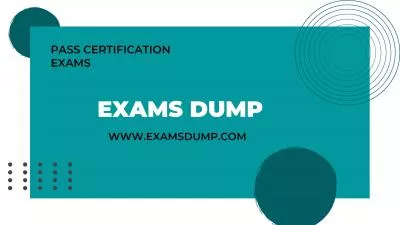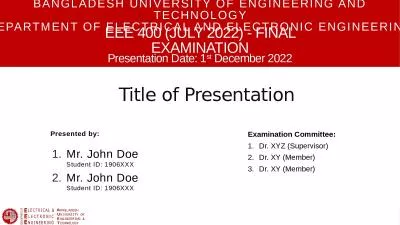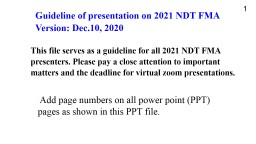PPT-Research presentation February 2021
Author : scarlett | Published Date : 2024-02-09
Nadia Oliveri 5514878 Supervisor Ramune Jacobsen Examiner Marcel Bouvy The awareness and adherence of pregnancy prevention while using products containing valproate
Presentation Embed Code
Download Presentation
Download Presentation The PPT/PDF document "Research presentation February 2021" is the property of its rightful owner. Permission is granted to download and print the materials on this website for personal, non-commercial use only, and to display it on your personal computer provided you do not modify the materials and that you retain all copyright notices contained in the materials. By downloading content from our website, you accept the terms of this agreement.
Research presentation February 2021: Transcript
Download Rules Of Document
"Research presentation February 2021"The content belongs to its owner. You may download and print it for personal use, without modification, and keep all copyright notices. By downloading, you agree to these terms.
Related Documents

